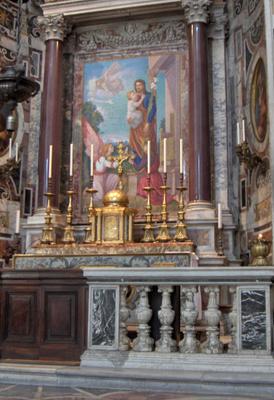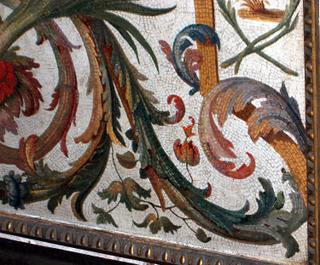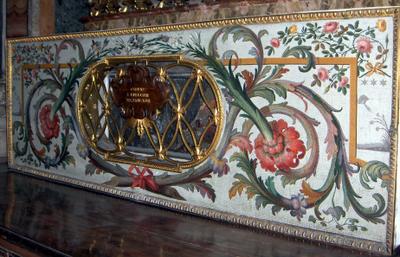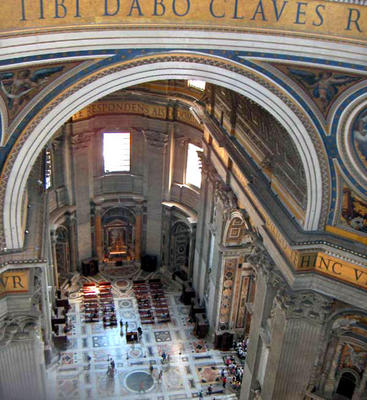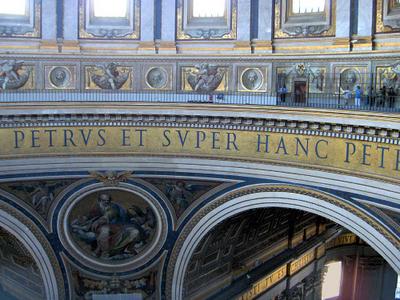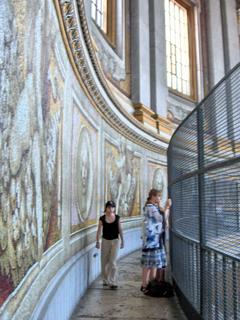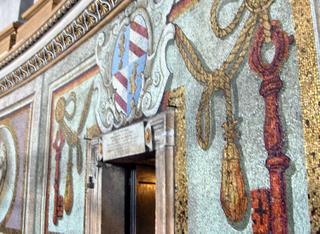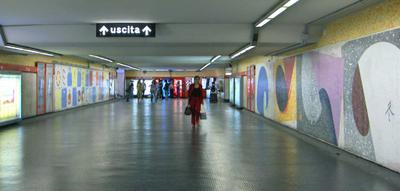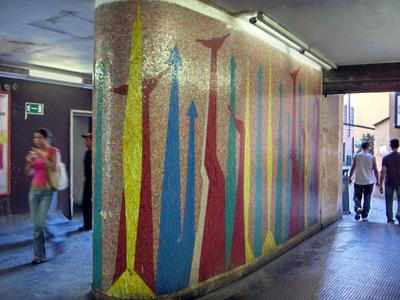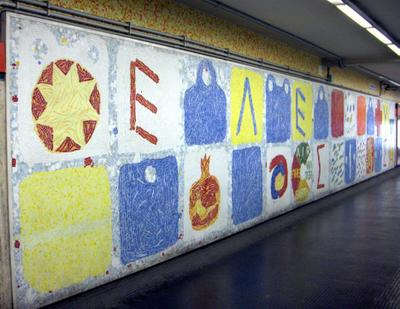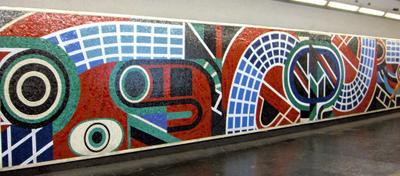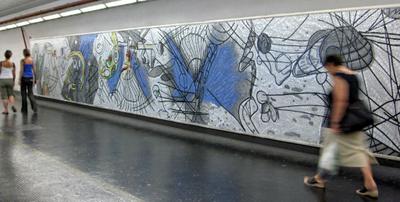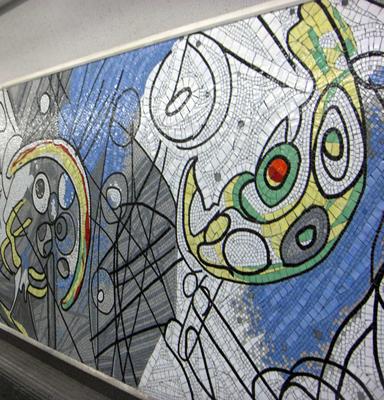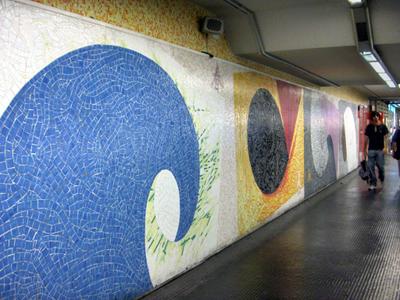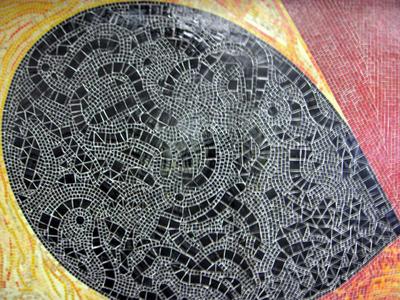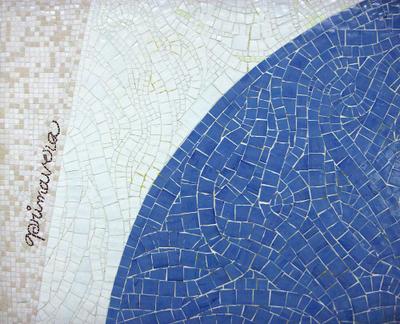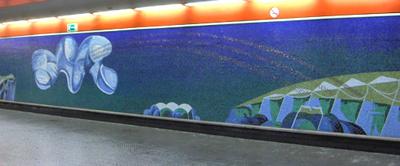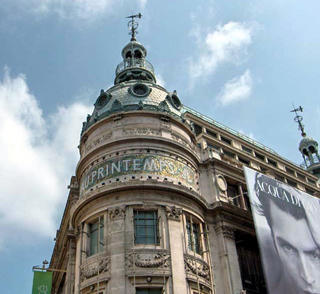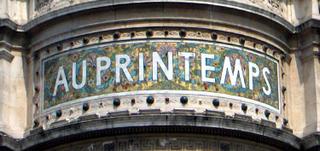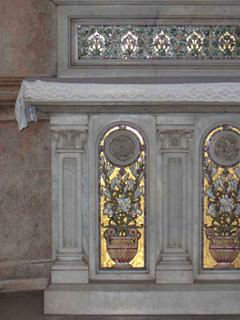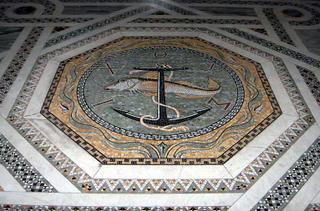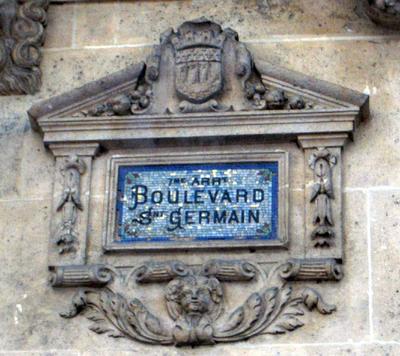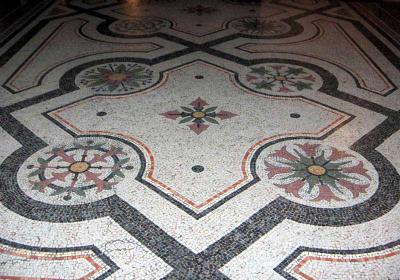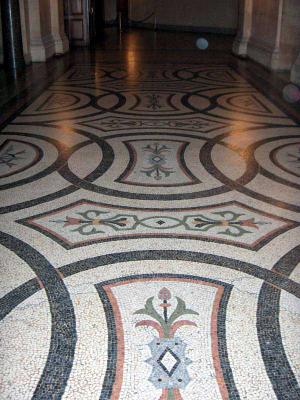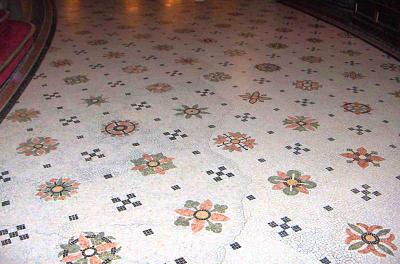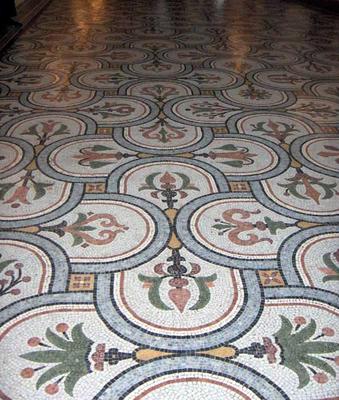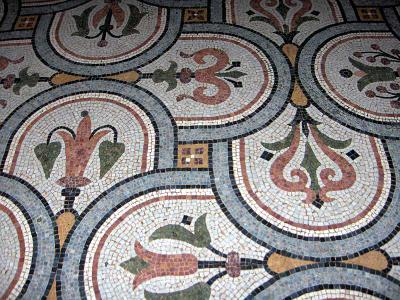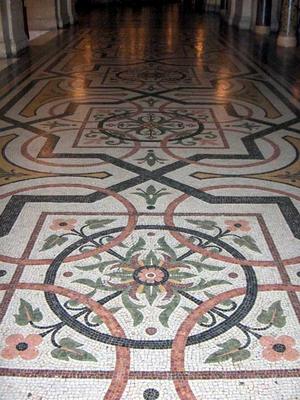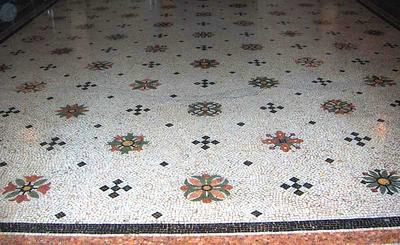Mosaic Wall Panels in The Vatican


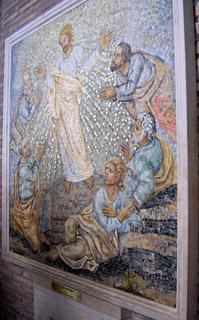


When we entered in the busy month of July, there were just mobs of people. With increased security almost everywhere I visited since my previous visit about 5 years ago, I was used to seeing new check stations at entrances to important places. On the right side of St. Peters steps, I saw people lining up between wooden 'form a line' barriers, so we fell in place. It is funny, because we had been in that line for a while before we realized that we were actually waiting for the opportunity to ride/climb to the top of the dome on the cathedral. We didn't even know what it would entail, but it sounded interesting. Little did we know how cool, and how physically challanging it actually was.
Eventually we saw a big sign about "Don't do it if you have a weak heart", etc...they could and should have added "claustrophobia" to that list.
We were offered the choice of either climbing ALL the way up ourselves or taking a tiny lift to the rooftop level where you see the row of statues standing on the horizonal front edge of the front of St. Peters and walking from there. Nut that I am, I might have picked the all steps route, but my companion flatly stated that we were doing the lift part way and she was paying for both of us. We tried to ask how many stairs the lift bypassed, but could never get clear info on that. We were just curious.
Along the waiting area was a series of mosaic panels set into the wall. It was VERY difficult to get these photos. The people were basically shoulder to shoulder and all spoke a different alnguage. The folks from some Norway/Denmark/Sweden place in front of me could see, if they had cared to notice that I was attempting to make photos of the mosaics and helped out a bit but instead, they continued to lean against them, or if nothing else keep one hand and arm (or backpack) on them at all times---and anytime a gap opened up--the pressure was on from behind to move forward. Meanwhile it was about 90 degrees F the whole time.


